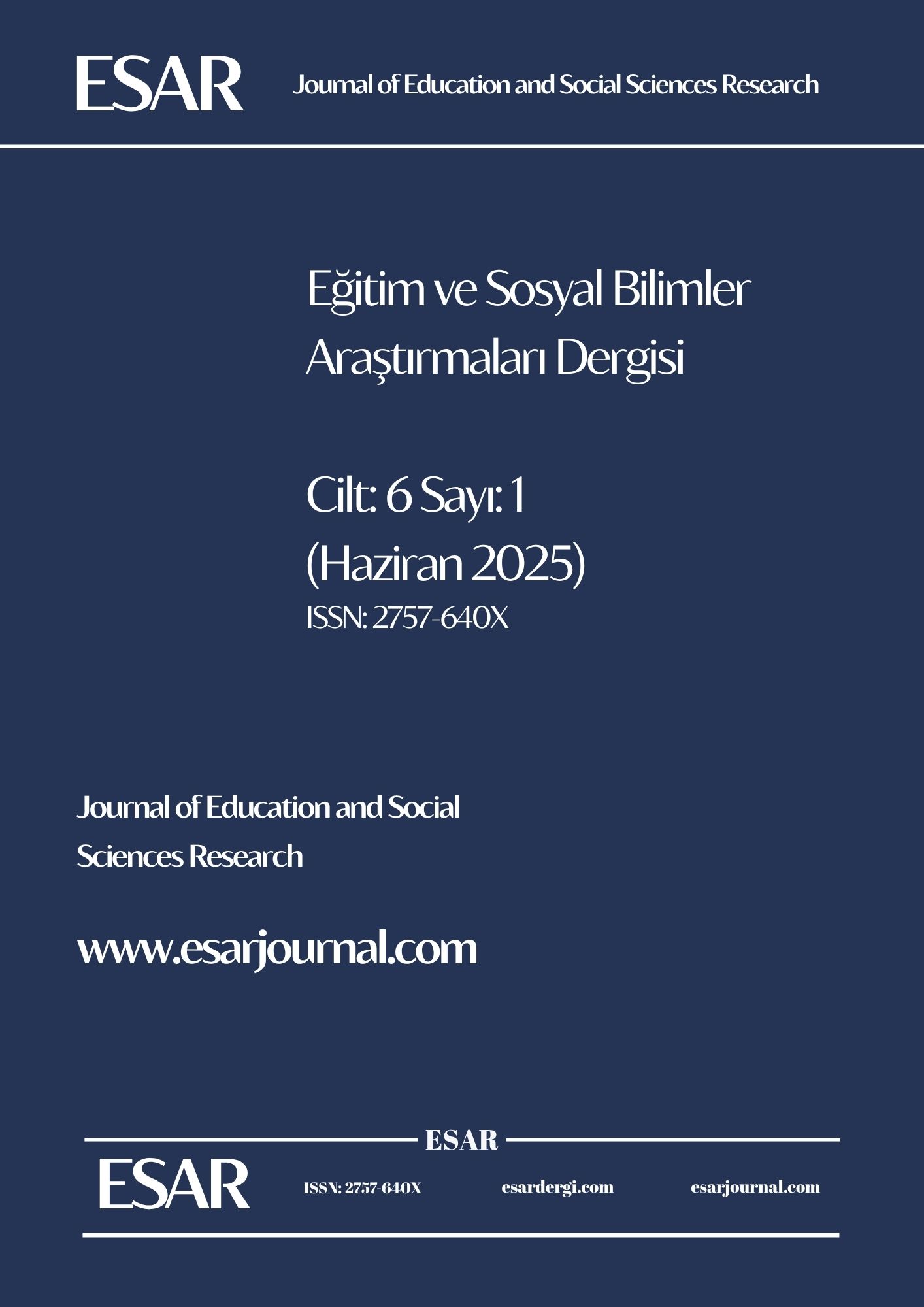At the End of the 19th Century, Amir Abdurrahman Khan's Assessments on Russia's Afghanistan Policy
DOI:
https://doi.org/10.5281/zenodo.15785951Abstract
Abdurrahman Khan was a prince of Afghanistan who lived in the city of Bukhara under the support of the Russian Empire as a political exile from Afghanistan from 1869 to 1879. Following the collapse of Amir Sher Ali Khan’s government and the British invasion of Kabul, he entered Afghanistan from Bukhara. With the support of the British and the jihadist masses of the Tajiks, Abdurrahman Khan seized political power in Afghanistan between 1880 and 1901, and was referred to as the Emir and sometimes the King of Afghanistan. The political geography known today as Afghanistan was established during his reign through the collusion of the British with the governments of Russia and Iran. Abdurrahman Khan’s domestic policy was characterized by the severe suppression of political opponents. In foreign policy, he was known for his allegiance to the British and hostility towards the Russians. He referred to the Russian government as the enemy of the Afghanistan people, predicting that one day the Russians would invade Afghanistan, leading to a conflict between the two sides. According to him, the Russians would eventually attack Afghanistan, resulting in a war between the Afghanistan people and the Russian government. The king outlined five reasons that would incite the Afghanistan people to revolt against the Russians in the event of an invasion by the Russian government. He identified the Afghanistan people’s resistance to foreign occupiers, the country’s impoverishment, the imposition of Russian Christian culture on the Afghanistan people, the Afghanistan hostility towards foreigners, and the refusal to allow foreign incursions from Afghanistan territory into neighboring lands as key factors for this uprising. In this context, the article will evaluate Emir Abdurrahman Khan’s speech, which includes his predictions about Russia’s expansionism and Afghanistan policy.
References
______, (1923), Coğrafyai Küçak, Dar al-Staneh yay, Kabil-Afganistan.
Emir Abdurrahman Han, (2022), Tacü’t-Tevarih, Miwand yay, Kabil-Afganistan.
Ansari, Farooq (2016),Tarikh Afganistan, Amiri yay, Kabil-Afganistan.
Arinpor, Rahmatullah, (2024), Sardar Quddus Han Pancşiri; Az Qayam Alaı Amir Abdurrahman Han ta İalam Padişahi, Mevlana yay, Belh-Afganistan.
Barfield, Thomas Jefferson, (2019), Tarihi Siyasi ve Farhangi Afganistan, (Çev. Abdullah Mohammedi), İrfan yay, Tahran-İran.
Collins, Joseph J., (2017), Şinahti cang dar Afganistan, (çev. Ahmad Reza Danesh), İrfan yay, Tahran-İran.
Dehlevi, Abdul Razzaq ve Mir Mohammed Azam Han, (1886), Nesayih-i Namçe, Dar al-Satneh yay, Kabil-Afganistan.
Farhang, Mohammed Sediq, (2013), Afganistan da Panc Karni Ahyr, Miwand yay, 24. baskı, Kabil-Afganistan.
Farrokh, Syed Mehdi, (1992), Tarihi Siyasi Afganistan, Meclis yay, Kum-İran
Ghbar, Mir Gholam Mohammed, (1989), Afganistan Dar Masiri Tarih, Merkezi Naşri İnkılab yay, Tahran- İran.
Gray, John Alfred, (2020), Dar Darbarı Amir, (Çev. Akbar Baryalay),_______, Hamburg-Almanya.
Mehrin, Mohammad Nasir, (1999), Du Çehra Az Emir Abdurrahman Han, Afganistan Bilgi Merkezi Arşivleri, s. 29. http://dx.doi.org/10.2458/azu_acku_risalah_ds363_meem94_1378
Muhammed Ali Han, (1927), Afganistan, Mufidaam Paris yay, Lahor-Hindistan.
Usoli, Zakaria, (2021), Afganistan Çeguna Taşkil Şud, yay______, Kabil, Afganistan.
Youans, Martin, (2017), Afganistan; Mardom ve Siyaset, (Çev. Sima Moulai), Qaqnos yay, Tahran-İran.
Downloads
Published
Issue
Section
License
Copyright (c) 2025 ESAR Journal

This work is licensed under a Creative Commons Attribution-NonCommercial-NoDerivatives 4.0 International License.
